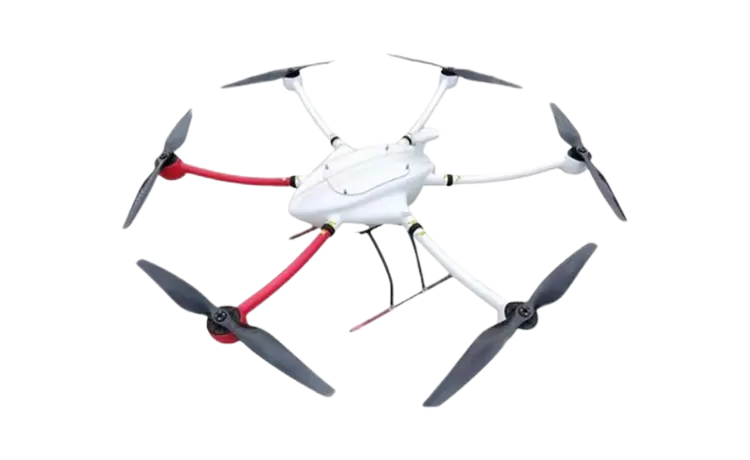In the realm of electrical engineering, few components are as crucial yet often overlooked as the electrical relay. While many may be familiar with the basic concept of a relay, its intricate functionalities and applications extend far beyond simple on/off switching. This article delves into the multifaceted role of electrical relays, exploring their operational principles, types, applications, and significance in modern electrical systems.
What is an Electrical Relay?
An electrical relay is an electromechanical switch that uses an electromagnetic coil to control the opening and closing of contacts in a circuit. When an electrical current flows through the coil, it generates a magnetic field that attracts a movable armature, thereby closing or opening the contacts. This mechanism allows a low-power signal to control a higher-power circuit, making relays indispensable in various applications.
The Operational Principles of Relays
At its core, the operation of a relay hinges on electromagnetic induction. The relay consists of several key components:
- Electromagnetic Coil: When energized, this coil generates a magnetic field.
- Armature: A movable metal lever that is attracted to the coil when the magnetic field is activated.
- Contacts: Conductive paths that open or close based on the armature's position.
- Spring: A mechanism that returns the armature to its original position when the coil is de-energized.
The interaction between these components allows relays to perform various functions, such as switching, amplifying signals, and isolating different parts of a circuit.
Types of Electrical Relays
Relays come in various types, each designed for specific applications. Here are some of the most common types:
- Electromechanical Relays (EMR): Traditional relays that use mechanical movement to open and close contacts. They are widely used in industrial applications due to their robustness.
- Solid-State Relays (SSR): These relays use semiconductor devices to switch circuits without moving parts. They offer faster switching speeds and longer lifespans compared to EMRs, making them ideal for high-frequency applications.
- Reed Relays: These consist of two ferromagnetic reeds sealed in a glass tube. They are compact and suitable for low-power applications, often found in telecommunications and automotive systems.
- Time Delay Relays: These relays incorporate a timing mechanism that delays the activation or deactivation of the circuit. They are commonly used in applications requiring sequential operations.
- Latching Relays: These relays maintain their position after being activated, requiring only a brief pulse of current to switch states. They are useful in battery-operated devices where power conservation is critical.
Applications of Electrical Relays
The versatility of electrical relays allows them to be employed in a myriad of applications across different industries:
- Automotive Systems: Relays control various functions such as headlights, fuel pumps, and starter motors, ensuring efficient operation and safety.
- Industrial Automation: In manufacturing, relays are used to control machinery, manage safety systems, and facilitate communication between devices.
- Home Appliances: Many household devices, from washing machines to HVAC systems, utilize relays to manage power distribution and operational modes.
- Telecommunications: Relays are integral to routing signals and managing connections in communication networks, ensuring reliable data transmission.
- Renewable Energy Systems: In solar and wind energy applications, relays help manage the flow of electricity, protecting systems from overloads and ensuring efficient energy distribution.
The Importance of Relays in Modern Electrical Systems
As technology advances, the role of electrical relays continues to evolve. They are not only pivotal in traditional applications but also in emerging fields such as smart grids and Internet of Things (IoT) devices. Relays enable remote control and automation, enhancing the efficiency and reliability of electrical systems.
Moreover, the integration of relays with microcontrollers and programmable logic controllers (PLCs) allows for sophisticated control schemes that can adapt to changing conditions in real-time. This adaptability is crucial for optimizing energy consumption and improving system resilience.
Conclusion
In summary, electrical relays are essential components that facilitate the control and management of electrical circuits across various applications. Their ability to switch high-power loads with low-power signals makes them invaluable in both industrial and consumer electronics. As we continue to innovate and integrate technology into our daily lives, understanding the role of relays will be crucial for engineers and technicians alike. By appreciating the complexity and utility of these devices, we can better harness their potential to create efficient, reliable, and intelligent electrical systems.





+ There are no comments
Add yours